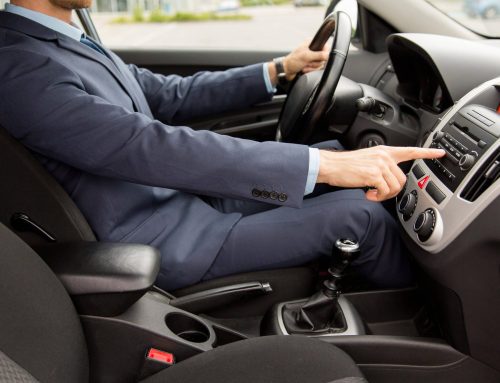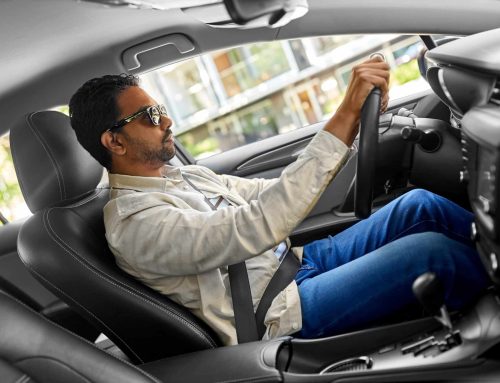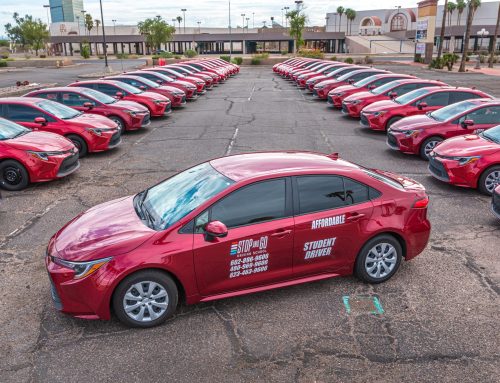The Future of Automotive Technology: Advancements in Safety Auto Technology
Today, cars aren’t just modes of transportation but mobile technology platforms that offer unprecedented safety and convenience. However, with these advancements come new challenges. As drivers, we must navigate this evolving landscape and all of the potential risks along the way.
Here, we explore the latest automotive technology and its implications for road safety.
Advancements in Car Technology
Every day, the world of technology expands, evolves, and redefines our daily lives. And the automotive industry is no exception. Here are some of the latest advancements in modern automobiles that are creating a safer, more intuitive driving experience.
Connected Vehicles
Quickly becoming standard in most modern vehicles, connected vehicle technology allows cars to communicate with different external sources. These sources can include:
- Other vehicles (vehicle-to-vehicle or V2V)
- Infrastructure (vehicle-to-infrastructure or V2I)
- Pedestrians (vehicle-to-pedestrian or V2P)
- Networks (vehicle-to-network or V2N)
This exciting innovation provides several benefits, but perhaps the most important are the safety advantages. Connected vehicles can share information about their speed, acceleration, and direction and adjust their own driving in response. They can also receive alerts to the presence of pedestrians, and communication infrastructure can receive valuable data about traffic conditions. In short, these connections offer a level of awareness that often goes beyond our human capabilities.
Advanced Driver Assistance Systems (ADAS)
Most of us have used cruise control at some point in our driving career. Advanced driver assistance takes tools like these to the next level. There’s a vast range of ADAS applications available today, including:
- Adaptive Cruise Control: While regular cruise control allows you to maintain your current speed, the adaptive cruise control automatically adjusts your speed depending on the actions of surrounding objects.
- Blind Spot Detection: Most lane-change accidents occur when drivers are unaware of the dangers in the new lane. Blind spot monitoring lowers these accidents by alerting drivers to any unseen hazards.
- Automatic Emergency Braking (AEB): Helping prevent potential collisions, AEB uses sensors to detect the distance of the vehicle ahead and automatically activates the brakes if that distance shortens suddenly.
The Double-Edged Sword of Car Technology
While advancements in car technology have made the roads safer in many ways, it’s essential to understand that they can lead to dangerous situations, too.
Distracted Driving
Vehicle “infotainment” systems (your car’s multimedia system) were designed to make driving more efficient. Drivers no longer need to juggle different devices to input navigation information or select music to play. All of that can be done through a central touchscreen or display.
However, this may not always be a good thing. In many cases, in-car technology has contributed to distracted driving, with one study finding that drivers using technology like touchscreen features were distracted for more than 40 seconds.
Over-Reliance
As vehicles become increasingly automated, another risk emerges: over-reliance on technology. Advanced driver assistance systems have significantly improved road safety. However, these conveniences can also lull drivers into a false sense of security, prompting some to disengage from the driving process.
Cybersecurity Concerns
The disadvantages of car technology extend beyond the road. Modern vehicles are now connected to the internet, which brings both convenience and cybersecurity risks. Hackers could potentially exploit any vulnerabilities in a vehicle’s software to gain unauthorized access. In very extreme cases, they could even take control of the car.
In an increasingly connected and automated world, road safety falls not only on car manufacturers but also the drivers. Stop and Go Driving School is here to teach you all of the skills you need to stay engaged, vigilant, and safe — no matter how advanced your car technology may be. Contact us today to learn more.








